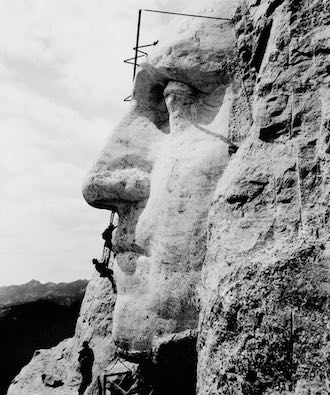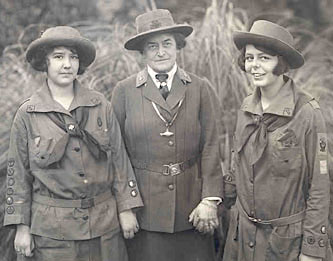On this day, 74 years ago, the British-Iraqi architect Zaha Hadid was born. Described as the “Queen of Curves,” who “liberated architectural geometry, giving it a whole new expressive identity,” Hadid was knighted by Queen Elizabeth II for her contributions to world architecture. The firm she founded in London, Zaha Hadid Architects, continues to innovate and build fabulously impressive structures around the world. READ more about her life and work… (1950)
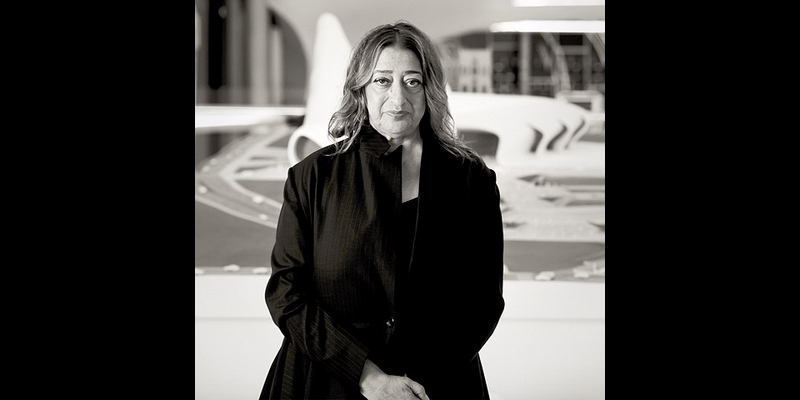
Born to an upper-class family in Baghdad that included a writer in her brother and an artist in her mother, she studied mathematics in Beirut before moving to London to study architecture where she stood out as a phenom. Her former professor, Rem Koolhaas, described her at graduation as “a planet in her own orbit.”
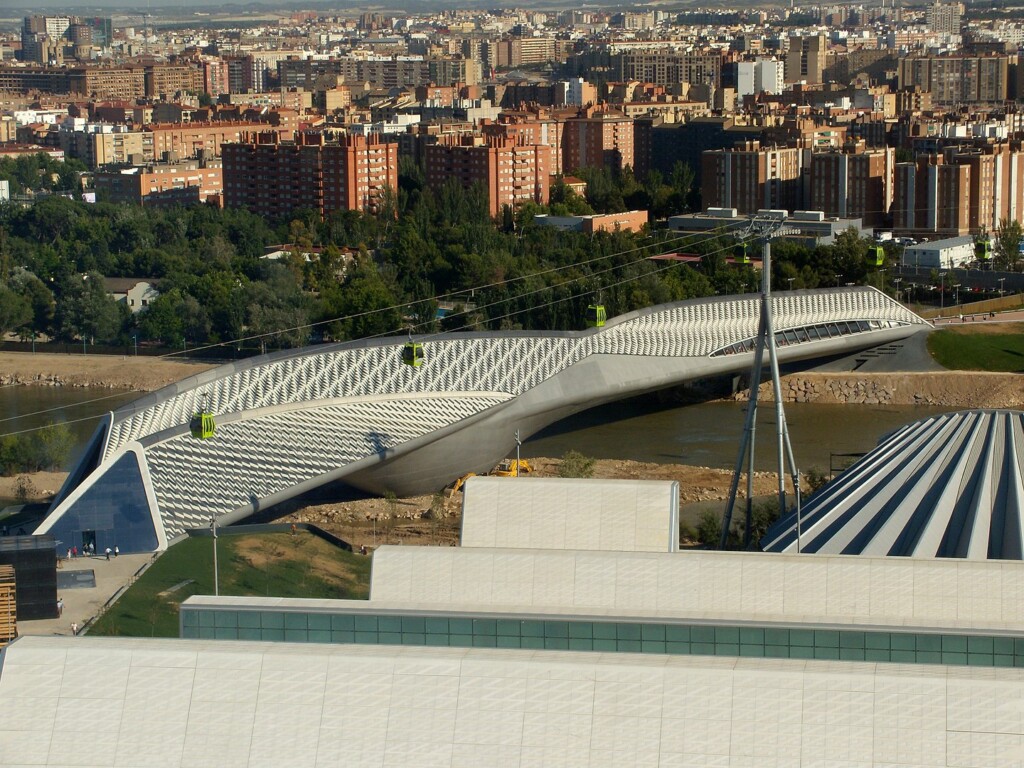
In 1980 she founded her firm and got to work putting her “spectacular vision” into concrete. These included the Phaeno Science Center, Wolfsburg, the Contemporary Arts Center, Cincinnati, the Administration building of BMW Factory, Leipzig, and the Napoli Afragola railway station, Naples.
Between 2000 and 2010 she completed huge standout works that wowed the architecture community and won major prizes. Just to name a few, there was the Bridge Pavilion in Zaragoza, Spain, the Heydar Aliyev Center in Baku, the Guangzhou Opera House, the Vienna University of Economics and Business Library, and the Galaxy SOHO in Beijing.
More Good News on this Date:
- Scottish physician and writer Arthur Conan Doyle published The Adventures of Sherlock Holmes, a detective modeled on Doyle’s former university teacher (1892)
- The Battle of Britain ended, and prevented a German invasion (1940)
- Happy 63rd Birthday to Peter Jackson, who was given a Super 8 camera by a family friend as a child, and later became the director of the Lord of the Rings film trilogy (1961)
- Leaders of the Roman Catholic and Lutheran churches signed a Doctrine of Justification, ending a centuries-old dispute over the nature of faith and salvation (1999)
- Soyuz TM-31 launched, carrying the first crew-in-residence to the International Space Station, which has been continuously crewed since (2000)
437 years ago, the Leiden University Libraries’ doors were opened after its founding 13 years earlier. Considered one of the most important moments in the history of European scholarship, it was one of a few cultural centers in Europe at the time that attempted to disperse knowledge during the early days of the Enlightenment. (1587)
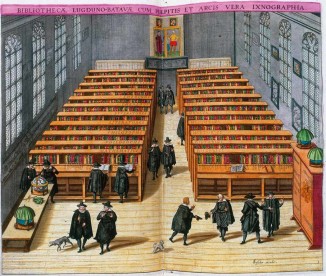
Following the Dutch revolt against the Hapsburgs, a new country with a new sect of Christianity was formed. The Dutch Golden Age during the Enlightenment has been considered by some scholars as the highest watermark of Western civilization that had ever been reached in terms of human and spiritual rights, economic rights, and standard of living.
According to Nicholas A. Basbanes, a scholar of libraries, the Leiden University Libraries represent “an essential benchmark […] not only for the teeming collection of extraordinary materials it has scrupulously gathered and maintained over a sustained period of time, but most of all for being the world’s first scholarly library in a truly modern sense.”
“The litany of ‘firsts’ recorded at Leiden is dazzling – the first printed catalogue to be prepared by an institution of its holdings, the first attempt to identify and maintain what today are known as ‘special collections,’ the first systematic attempt to develop a corps of influential friends, patrons, and benefactors throughout the world, the first ‘universal’ library, the list goes on and on—and underpinning it all is a humanistic approach to education and discovery that has figured prominently throughout its history, along with an unbending belief in the limitless potential of human inquiry.”
83 years ago today, workers completed one of the great sculptural feats of the 20th century—the carving of four presidents into the granite face of Mount Rushmore.
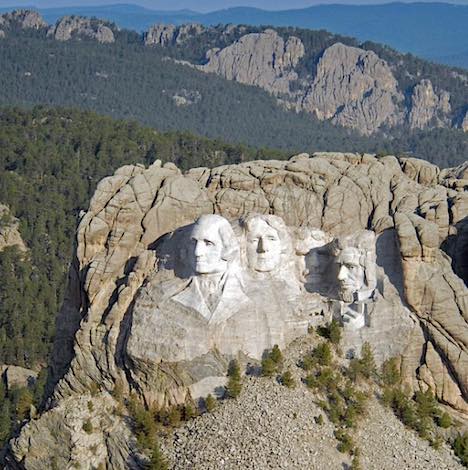
The sculpture brings in millions of visitors to the Black Hills of Keystone, South Dakota to see the 60-foot-high (18m) heads of George Washington, Thomas Jefferson, Theodore Roosevelt, and Abraham Lincoln. A local historian, Doane Robinson, dreamed up the idea, but he wanted the monument to feature Western heroes like Lewis and Clark, Red Cloud, and Buffalo Bill Cody.
The sculptor, Danish-American Gutzon Borglum, decided the sculpture should have a more national focus and chose the four presidents whose likenesses would be carved into the mountain. The project began with several years of dynamiting into 450,000 tons of rock before the chiseling began, which used a combination of facing bits and jackhammers to carve the faces of the inspiring men.
20 miles away in the Black Hills, an American who had helped carve the presidents’ faces began to blast granite on another monument—to Native American warrior Crazy Horse—which, when finished, will dwarf Rushmore in size. WATCH a Smithsonian video about how it was meant to look very different… (1941)
164 years ago today, Juliette Gordon Low, the founder of Girl Scouts of the USA, was born. After being educated in East Coast boarding schools, and earning badges in a secret sorority club, she married and moved to Scotland. Her many interests and varied skills would have earned her dozens of Girl Scout badges.
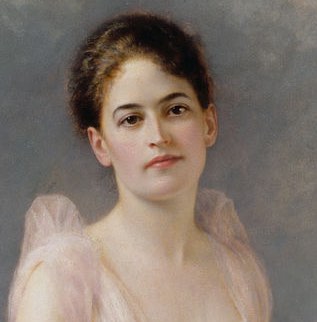
Mrs. Gordon Low had learned shorthand, bareback riding, hunting partridge, painting and poetry, putting on plays, sewing (she made clothes for the poor), woodworking, nursing, and metalworking (she designed and built iron gates for her home in Warwickshire)—all before starting Girl Guides in America, which she renamed Girl Scouts.
When she returned to her hometown of Savannah, Georgia, she made a phone call to her cousin Nina, saying, “I’ve got something for the girls of Savannah, and all America, and all the world, and we’re going to start it tonight.” Shortly after, in March 1912, she formed the first two American Girl Guides patrols.
For her first Girl Guide groups, in Scotland, she encouraged the girls to become self-sufficient by learning how to spin wool and care for livestock. She also taught them knot tying, how to read a map, knitting, cooking, and first aid, and had her friends in the military teach the girls drilling, signaling, and camping. (1860)
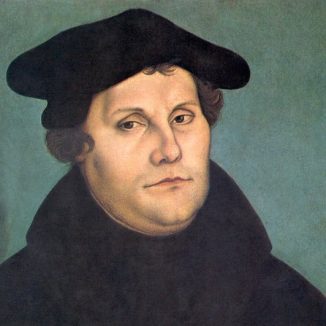
Also on this day in 1517, Martin Luther nailed his 95 theses to a church door, initiating the Reformation. One of history’s most significant figures, the austere monk and scholar rocked the religious world when he penned a document attacking the Catholic Church’s corrupt practice of selling “indulgences” to absolve sin. Although he was a terrible anti-semite, he encouraged literacy by writing in German, not Latin, and saying eloquently that no priest could stand between man and God–and believers should read the Bible themselves. made possible by his first-ever translation in the language of the day. WATCH an entertaining video to learn how it became a political movement that changed history…
SHARE the Milestones, Memories, and Moments…




















